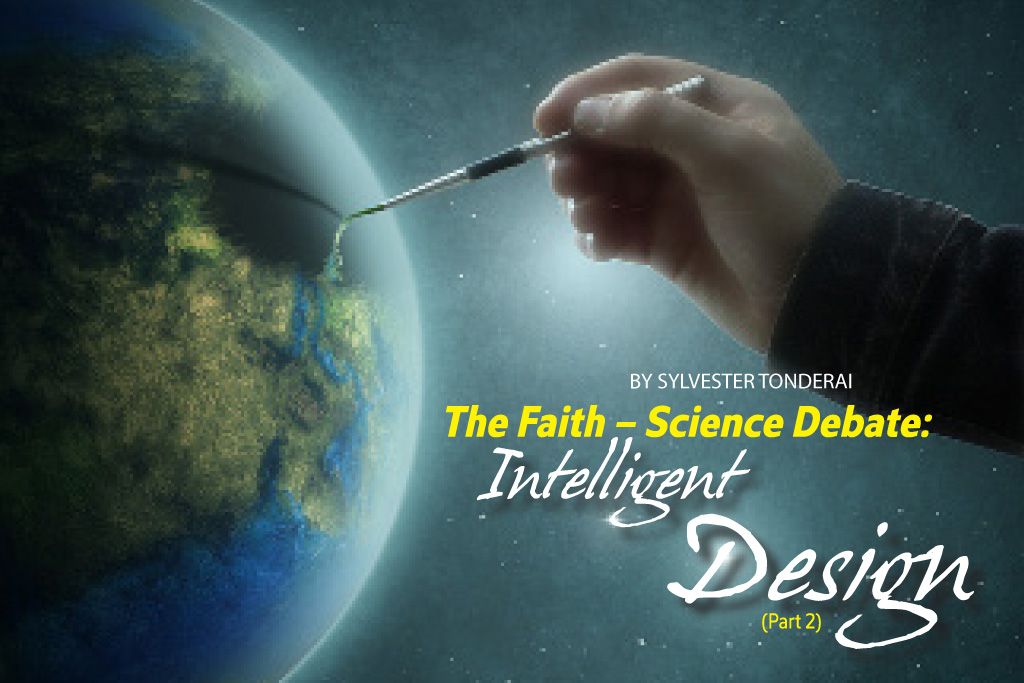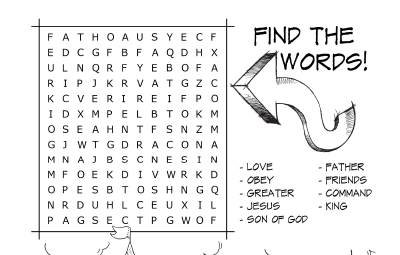
The expansion speed, the material content of the universe, and the strengths of the basic forces, became a prerequisite for the emergence of the hospitable cosmic habitat in which we live. The fine tuning of the universe provides prima facie evidence of Intelligence Design. Robin Collins PhD remarked, "When scientists talk about the fine-tuning of the universe, they're generally referring to the extraordinary balancing of the fundamental laws and parameters of physics and the initial conditions of the universe. Our minds can't comprehend the precision of some of them. The result is a universe that has just the right conditions to sustain life. The coincidences are simply too amazing to have been the result of happenstance." In God and the New Physics, physicist Paul Davies said, "It is hard to resist the impression that the present structure of the universe, apparently so sensitive to minor alterations in numbers, has been rather carefully thought out... The seemingly miraculous occurrences of these numerical values must remain the most compelling evidence for cosmic design."
Even spiritual sceptic Martin Rees, who became a professor of astronomy at Cambridge when he was in his thirties and was named Astronomer Royal by Queen Elizabeth in 1995, admitted that life would not be possible if the six numbers that underlie the fundamental physical properties of the universe were slightly altered. In A Short History of Nearly Everything, Bill Bryson points out, "For the universe to exist as it does requires that hydrogen be converted to helium in a precise but comparatively stately manner - specifically, in a way that converts seven one-thousandths of its mass to energy. Lower that value very slightly - 0.007 percent to 0.006 percent, say - and no transformation could take place: the universe would consist of hydrogen and nothing else. Raise the value very slightly - to 0.008 percent - and bonding would be so wildly prolific that the hydrogen would long since have been exhausted. In either case, with the slightest tweaking of the numbers the universe as we know and need it would not be here."
The multiverse hypothesis (M-Theory) betrays a metaphysical desperation among atheist physicists. M-theory hangs on assumptions, has highly arbitrary calculations, is speculative and not amenable to direct investigation. Former professor of mathematical physics at Cambridge, John Polkinghorne, remarked, "The many universes account is sometimes presented as if it were purely scientific, but in fact a sufficient portfolio of different universes could only be generated by speculative processes that go well beyond what sober science can honestly endorse." Furthermore, Gregg Easterbrook quipped, "The multiverse idea rests on assumptions that would be laughed out of town if they came from a religious text. [The theory] requires as much suspension of disbelief as any religion. Join the church that believes in the existence of invisible objects fifty billions galaxies wide!"
No other theory or concept ever imagined by man can equal in boldness and audacity this great claim of the uniqueness of Earth for habitation. Earth's location in the universe, in our galaxy, in our solar system, the size and rotation of the Earth, the mass of the moon and sun, magnetic field, plate tectonics, the entire eco-system, carbon dioxide cycle, as well as twenty-six essential elements for life, conspire together in an amazing way to make Earth a habitable planet. Earth is the only planet in the universe that has been confirmed to bear intelligent life. In Rare Earth, geologist Peter D. Ward and astronomer Donald Brownlee, professors at the University of Washington in Seattle, further state, "Not only intelligent life, but even the simplest of animal life, is exceedingly rare in our galaxy and in the universe."
Michael J Denton, senior research fellow in human molecular genetics at the University of Otago in New Zealand, in his book Nature's Destiny, expresses, "Earth's location, its size, its composition, its structure, its atmosphere, its temperature, its internal dynamics, and its many intricate cycles that are essential to life - the carbon cycle, the oxygen cycle, the nitrogen cycle, the phosphorous cycle, the sulfur cycle, the calcium cycle, the sodium cycle, and so on - testify to the degree to which our planet is exquisitely and precariously balanced."
Whereas other planets, especially Mars and Venus, in our solar system protects Earth from getting bombarded by asteroids from the asteroids belt, Jupiter, which is more than three hundred times the mass of the Earth, acts as a shield to protect Earth from too many comet impacts by deflecting comets and keeping many of them from coming into the inner solar system, where they would collide with Earth with life-extinguishing consequences. Earth is well positioned to such an extent that if its distance from the sun be moved even by five percent either way animal life would be impossible. Earth is located in the Milk Way at a position that is fortuitously optimal for life. Earth's location away from the galaxy's centre and in the flat plane of the disk is vantage point for observing stars. In fact, the perfect positioning of the universe and everything related to Earth declares the supreme knowledge of Intelligent Designer.
Frank Press of the National Academy of Sciences and Raymond Siever of the Harvard University stated, "[The earth's interior is]... a gigantic but delicately balanced heat engine fuelled by radioactivity... Were it running more slowly... the continents might not have evolved to their present form... Iron may never have melted and sunk to the liquid core, and the magnetic field would never have developed... If there had been more radioactive fuel, and therefore a faster running engine, volcanic dust would have blotted out the sun, the atmosphere would have been oppressively dense, and the surface would have been racked by daily earthquakes and volcanic explosions."
Of all the planets and moons in our solar system, plate tectonics is found only on Earth. Plate tectonics is regarded as the central requirement to life on a planet. Guillermo Gonzalez, assistant professor at Iowa State University, explained, "Not only does plate tectonics help with the development of continents and mountains, which prevent a water world, but it also drives the Earth's carbon dioxide-rock cycle. This is critical in regulating the environment through the balancing of greenhouse gases and keeping the temperature of the planet at a liveable level."
And geologist George Brimhall of the University of California at Berkeley points out, "The creation of ores and their placement close to the Earth's surface are the result of much more than simple geologic chance. Only an exact series of physical and chemical events, occurring in the right environment and sequence and followed by certain climatic conditions, can give rise to a high concentration of these compounds so crucial to the development of civilization and technology."
Of the nine planets with their more than sixty three moons in our solar system, the Earth's surface is the best place where observers can witness a total solar eclipse. Solar eclipses are possible because the sun is four hundred times larger than the moon and also four hundred times further away. Solar eclipses help in understanding the nature of stars, confirmation that gravity bends light, as well as the calculation of change in the Earth's rotation.
In Superforce: The Search for a Grand Unified Theory of Nature, Paul Davies comments, "A common reaction among physicists to remarkable discoveries... is a mixture of delight at the subtlety and elegance of nature, and of stupefaction: 'I would never have thought of doing it that way.' If nature is so 'clever' it can exploit mechanisms that amaze us with ingenuity, is that not persuasive evidence for the existence of intelligent design behind the physical universe? If the world's finest minds can unravel only with difficulty the deeper workings of nature, how could it be supposed that those workings are merely a mindless accident, a product of blind chance?... Uncovering the laws of physics resembles completing a crossword [puzzle] in a number of ways... In the case of the crossword, it would never occur to us to suppose that the words just happened to fall into a consistent interlocking pattern by accident." And Owen Gingerich remarks, "I believe that... the Book of Nature, with its astounding details - the blade of grass, the Conus cedonulli, or the resonance levels of the carbon atom - suggests a God of purpose and a God of design. And I think my belief makes me no less of a scientist."










































































